By Tony Fessler, Co-Coordinator – Restoration Of Our Trees Sheboygan, www.sheboyganrotary.com or 920-946-6770.
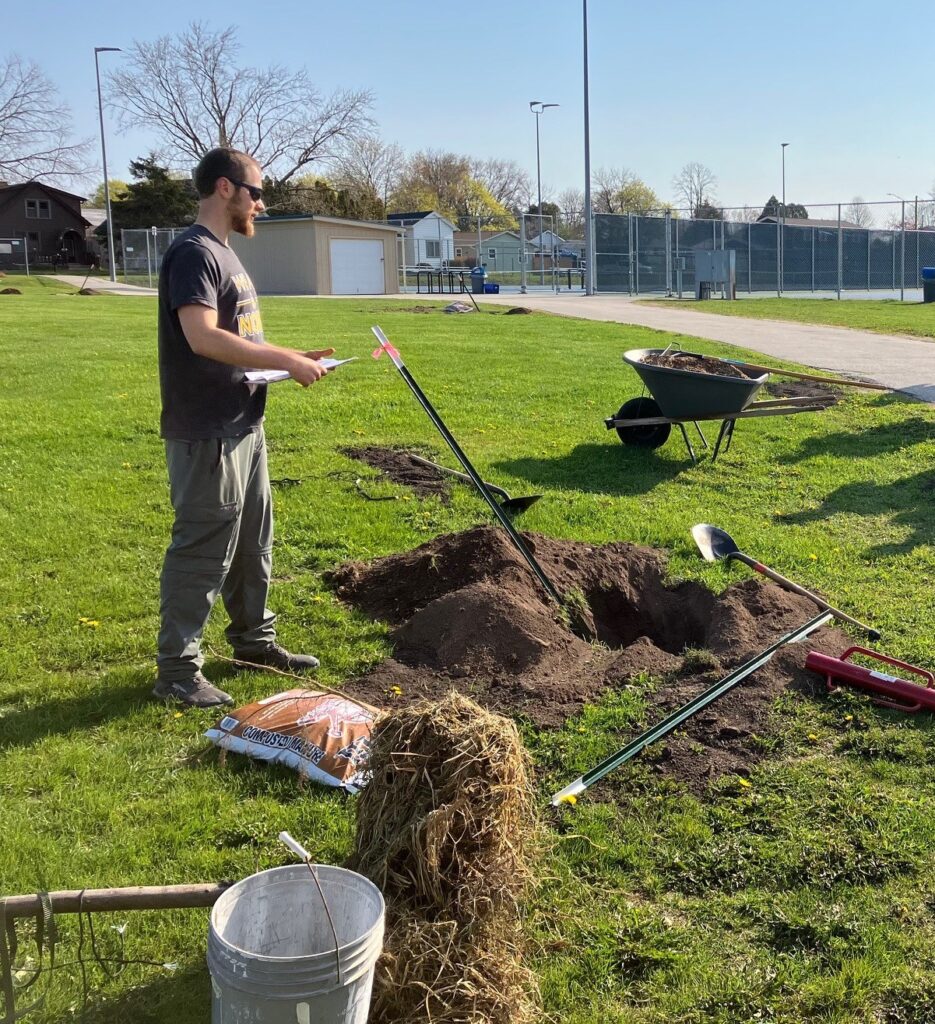
Photo Credit: Tony Fessler
A collaborative urban reforestation project involving the Sheboygan Area School District, the Sheboygan Rotary Club Restoration of our Trees Sheboygan (ROOTS) and the Lakeshore Natural Resource Partnership (LNRP) completed a second major milestone on May 10, 2025. This first-of-its-kind urban reforestation collaboration was initiated in 2024 through a matching $25,000 Wisconsin Department of Natural Resources (DNR) Urban Forestry Grant to ROOTS and LNRP. Continue reading “Collaborative Reforestation – Sheboygan Area School District”

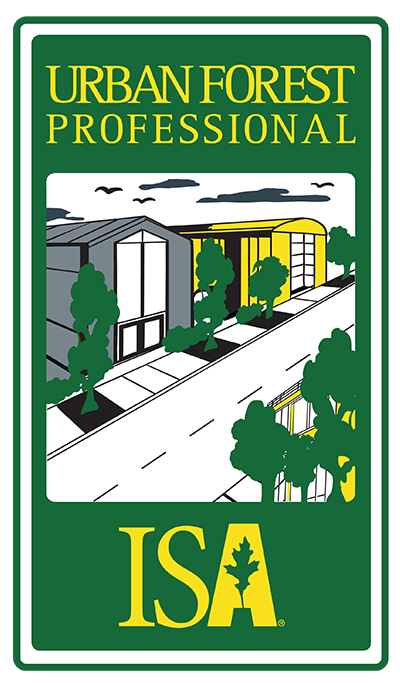 The International Society of Arboriculture (ISA) is launching a new credentialing management system and an updated pricing structure, going live on July 15, 2025.
The International Society of Arboriculture (ISA) is launching a new credentialing management system and an updated pricing structure, going live on July 15, 2025.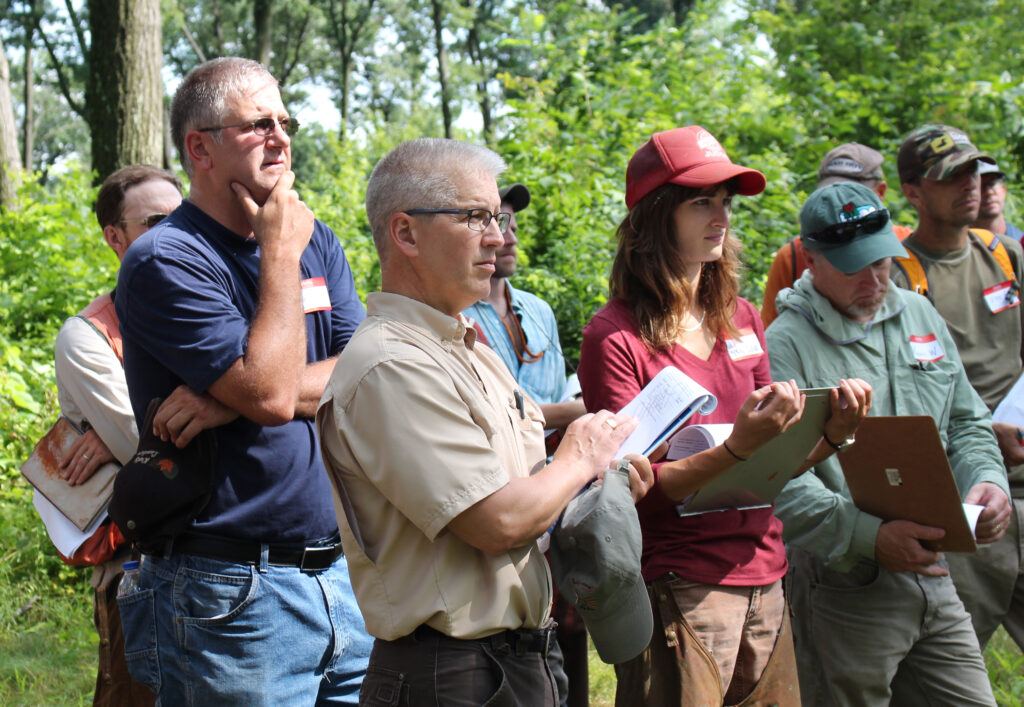 *These training opportunities are provided as an information service only and do not constitute an endorsement from the Wisconsin Department of Natural Resources (DNR).
*These training opportunities are provided as an information service only and do not constitute an endorsement from the Wisconsin Department of Natural Resources (DNR).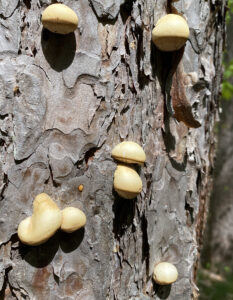
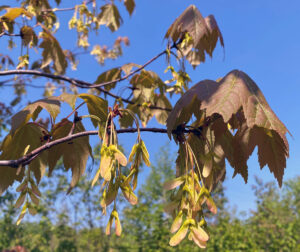

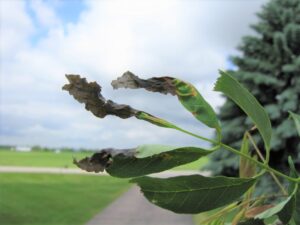
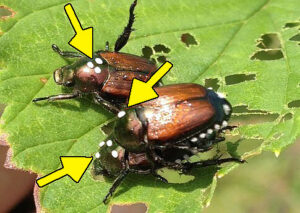
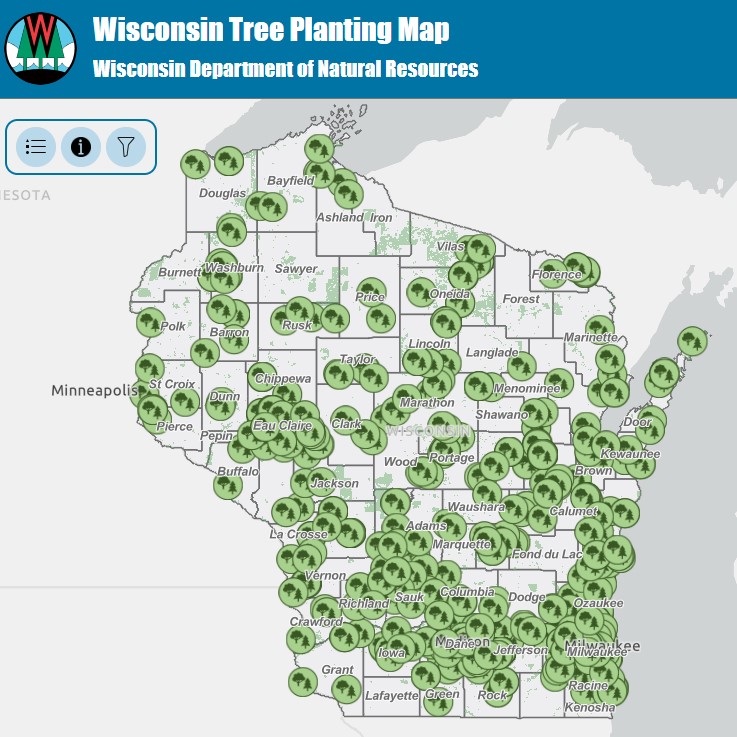 When your newly planted trees are getting comfortable in their new homes, you’ve pulled the splinters from your hands and you find yourself at a desk asking yourself, “What now?”, we have an answer for you.
When your newly planted trees are getting comfortable in their new homes, you’ve pulled the splinters from your hands and you find yourself at a desk asking yourself, “What now?”, we have an answer for you.